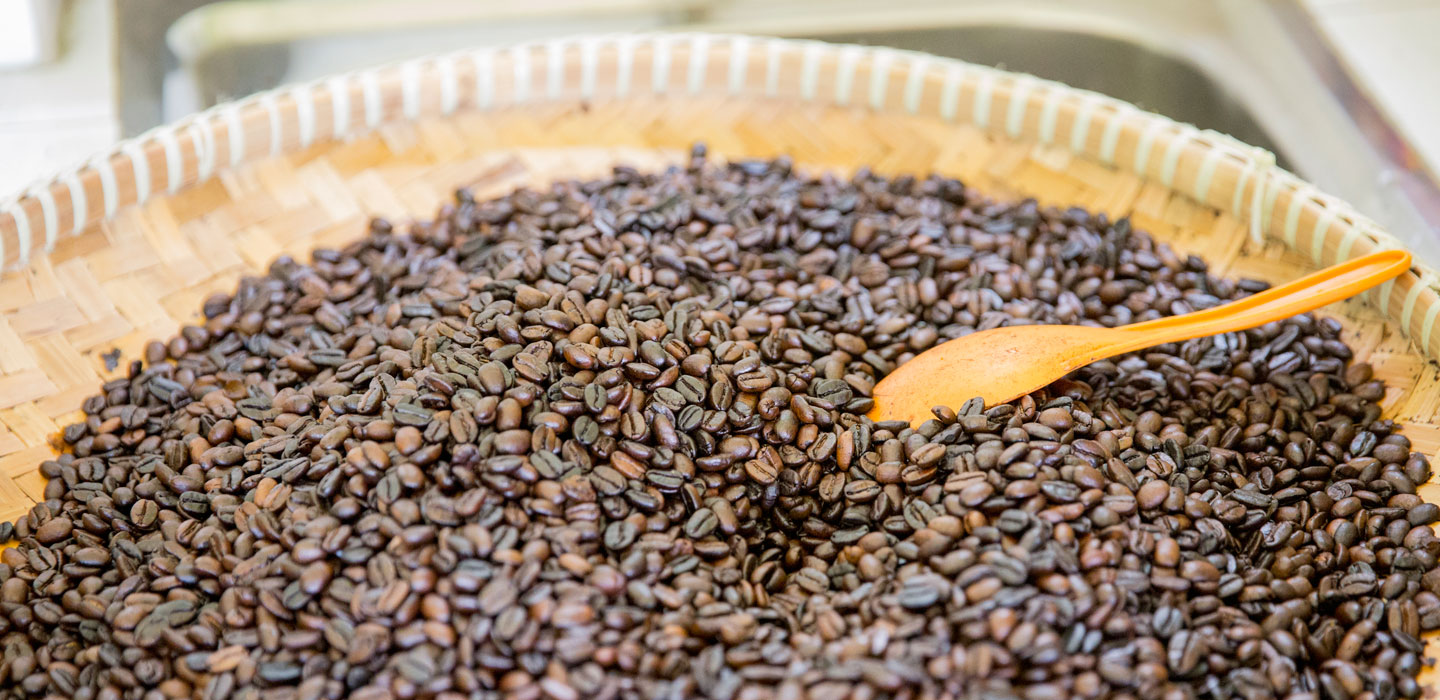Études et dossier
Études et dossiers

Études et dossiers
Menu Affichage
Search Results Filters
Résultats de recherche
Améliorer la nutrition par le biais de l’agriculture
D’autres secteurs ont également un rôle à jouer, mais l’alimentation et l’agriculture sont les prémices d’une bonne nutrition.
Policy case study Lao People’s Democratic Republic - Exchange on good practices for public policy consultations
Despite strong and sustained economic growth over the past two decades, and a considerable reduction in national poverty rates, poverty in rural LaoPeople’s Democratic Republic (PDR) affects 30 per cent of the population. IFAD’s engagement in Lao PDR is guided by a country strategy that focuses on three primary goals: improved community-based access to, and management of, land and natural resources; improved access to advisory services and inputs for sustainable, adaptive and integrated farming systems; and improved access to markets for selected products.
Policy case study Mexico - Supporting design of a national programme as a policy solution for reducing rural poverty
Policy case study Tajikistan - Exchange on good practices for public policy consultations
Tajikistan is the poorest of the former Soviet republics, and 77 per cent of its population lives in rural areas. Rural livelihoods typically depend on subsistence farming, livestock and remittances, with livestock ownership being a key component in income generation and diversification. In poor and remote agroecological regions the production of angora (which is processed into mohair) and cashgora goats often represents the only source of livelihood, particularly for poorer households. However, since the collapse of the Soviet Union, the sector has been constrained by the absence of goat breeding programmes, the limited harvesting and processing skills of small producers, and the lack of access to high-value markets. These factors have had direct impacts on the incomes of poor rural households, and particularly women, in Tajikistan.